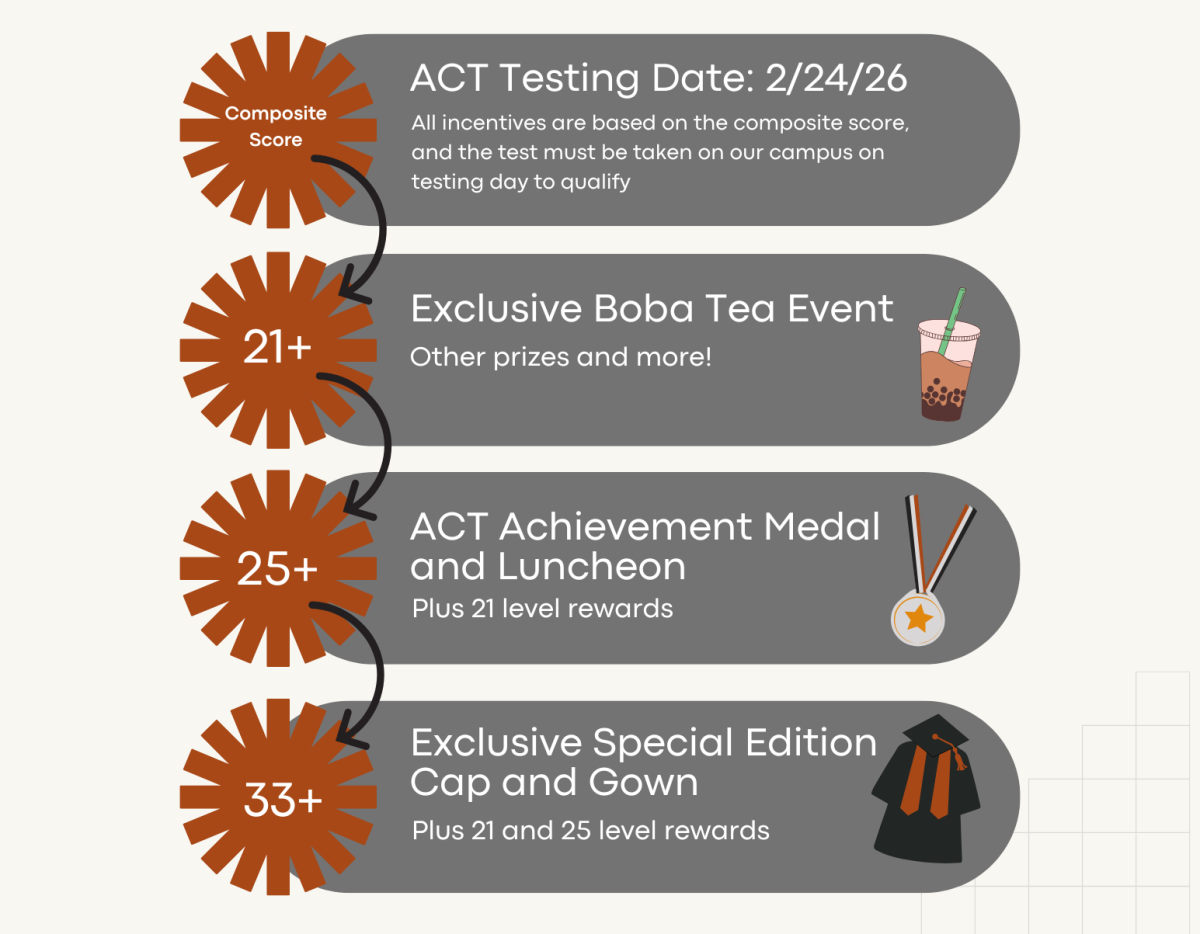Dia de los Muertos is a holiday that is celebrated in many Spanish-speaking countries that welcomes the ones that have passed away back to the land of the living.
Having completed research on this Latin American tradition, students in Ana Cristina Thomann’s Spanish II Honors class created their own ofrenda displays to honor their loved ones.
“The ofrenda project is a way for students to learn about the traditions of some Spanish speakers,” Thomann said. “Not all Spanish speakers celebrate the Day of the Dead, but it gives students the opportunity to honor family members, friends, or people they look up to during this time of year.”
Students needed to identify the four elements of a traditional ofrenda and incorporate them into their deliverables.
“The ofrenda for the Day of the Dead should always have fire, water, earth, and wind,” Thomann said. “Students research those elements and they’re supposed to identify things about their ancestors, and try to incorporate them into the ofrenda.”
Students could create a physical or digital ofrenda depending on their preferences, but also include traditional elements, such as personal belongings that relate to their loved one.
“They could make the actual ofrenda at home by using a table and putting all of the elements that they researched around it,” Thomann said. “Most students, of course, don’t necessarily identify with this cultural tradition so they’re doing digital ofrendas which means that they’re just using pictures online and putting them together to resemble an ofrenda.”
The projects will be graded based on how well the student incorporated the four elements as well as the organization of information.
“Trying to put all of the elements in my ofrenda was challenging,” sophomore Sierra Prescia said. “I made sure to add candles to represent the fire element, salt for the earth, and other items to represent wind and water. Organizing the ofrenda was also a challenge because, with a physical ofrenda, it’s easier to place things around, but a digital ofrenda makes it harder to place the pictures in the right spots.”
Having her students complete the project, Thomann is hoping that they connect to one another, instead of focusing on the academic aspect.
“Ofrendas are a very personal thing to share with each other,” Thomann said. “I want them to get away from academics and connect on a personal level. We are all very similar in the way we connect with our ancestors or people who we just look up to. That is what I hope my students will learn.”

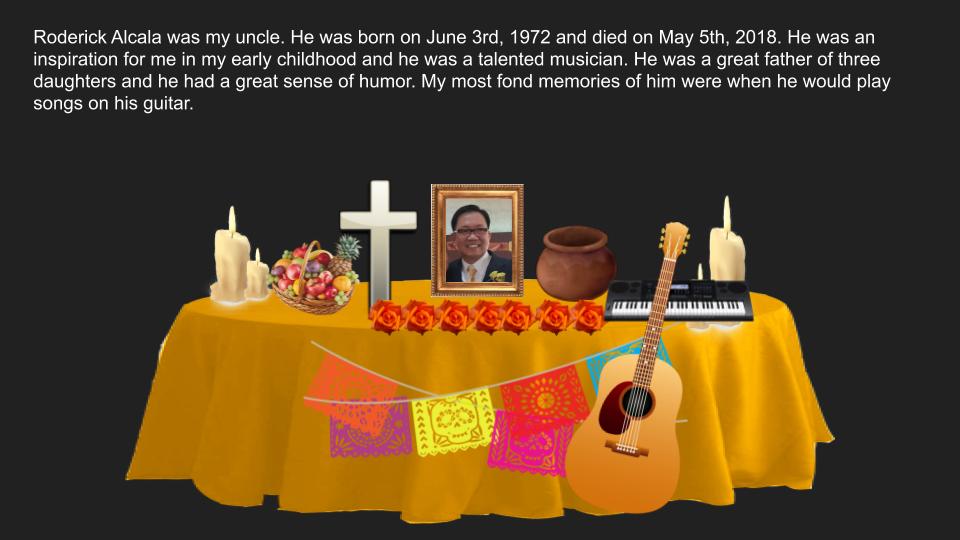
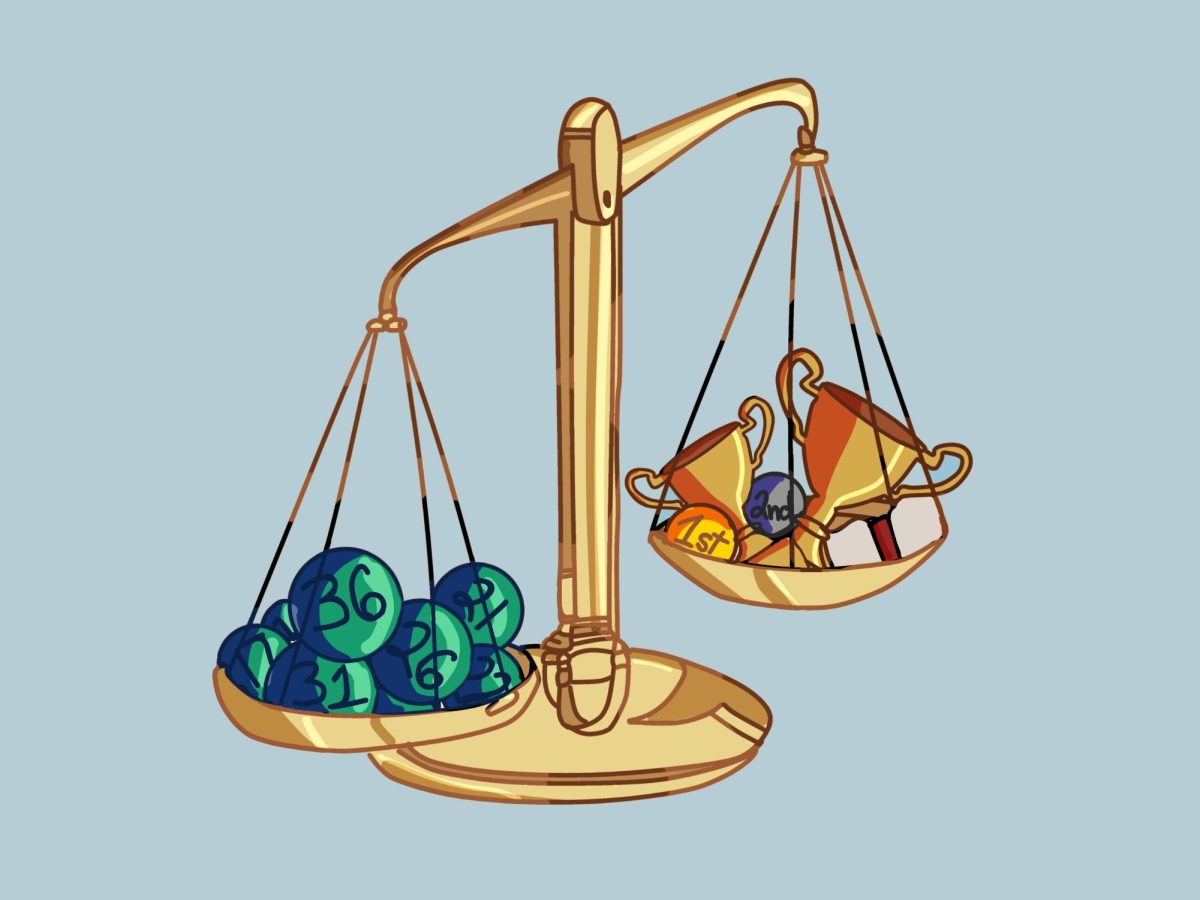

![Weighing her options, senior Allyana Abao decides between going on a practice drive or calling an Uber. Though unlicensed, Abao has considered driving to be a significant milestone of teen independence despite alternatives that provide much easier solutions.
“You're able to be independent and not rely on others,” Abao said. “You're able to get a job, get things that you need, go places you need to go. I have so many places that I want to go to and I ask [my family] for so much. I want to be independent to where they know that I can do things on my own, so they know that they don't have to be there for me.”](https://southwestshadow.com/wp-content/uploads/2025/10/IMG_2922-1200x900.jpg)
![Looking at the board, former BSU secretary Christina Altaye begins to prepare for BSU’s second year of Club Feud. This year, “Are You Smarter Than a Ninth Grader?” will be replacing this event. “I think it’s a fun change [to Club Feud],” BSU Activities Director Hellen Beyene said. “[I think] it’s always fun to do something new and different.”](https://southwestshadow.com/wp-content/uploads/2025/10/Screenshot-2025-09-29-11.06.43.png)

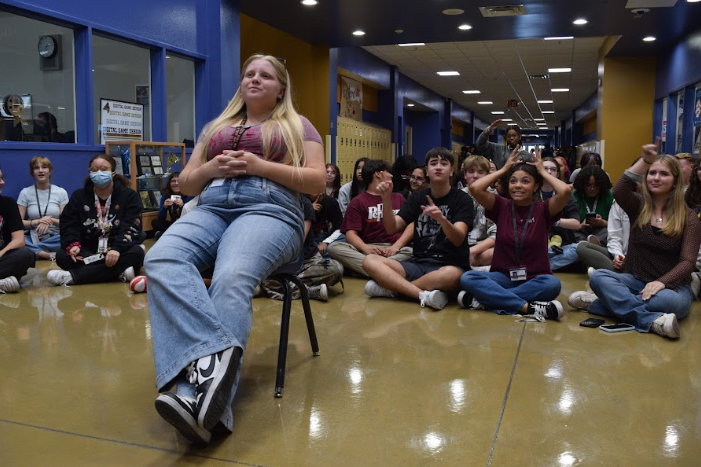
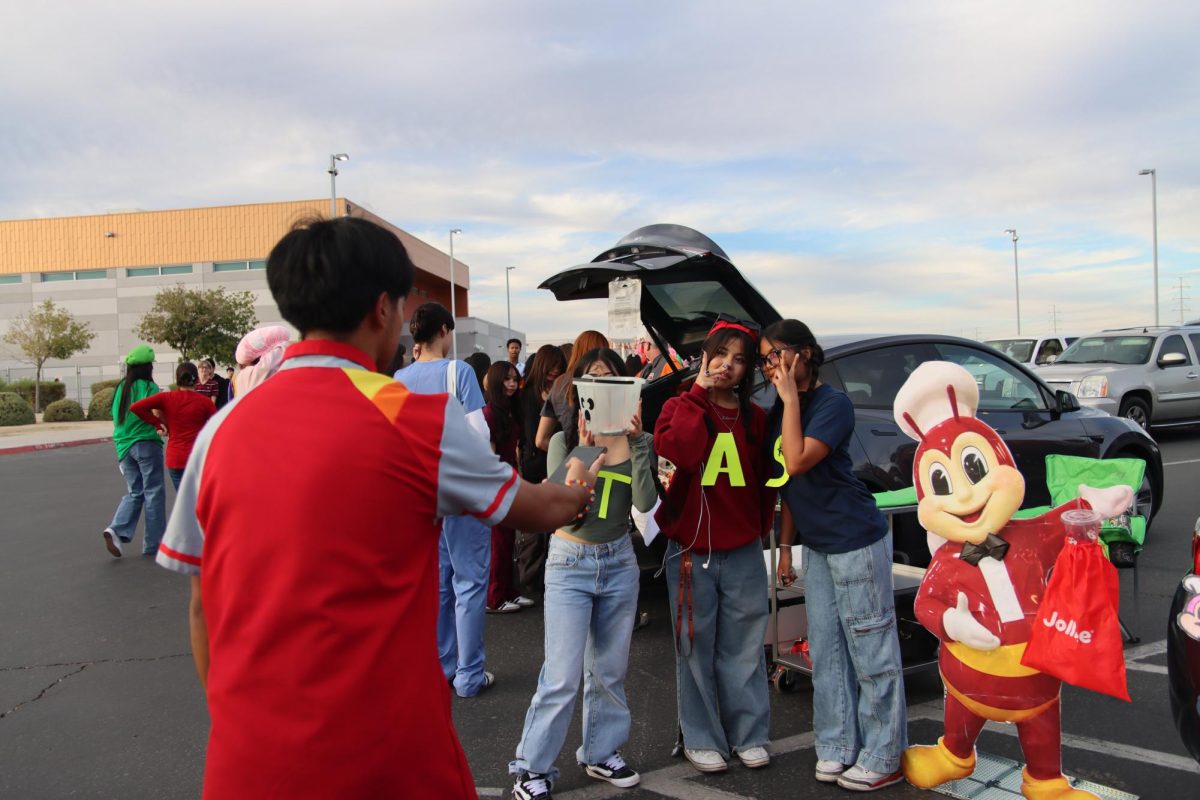
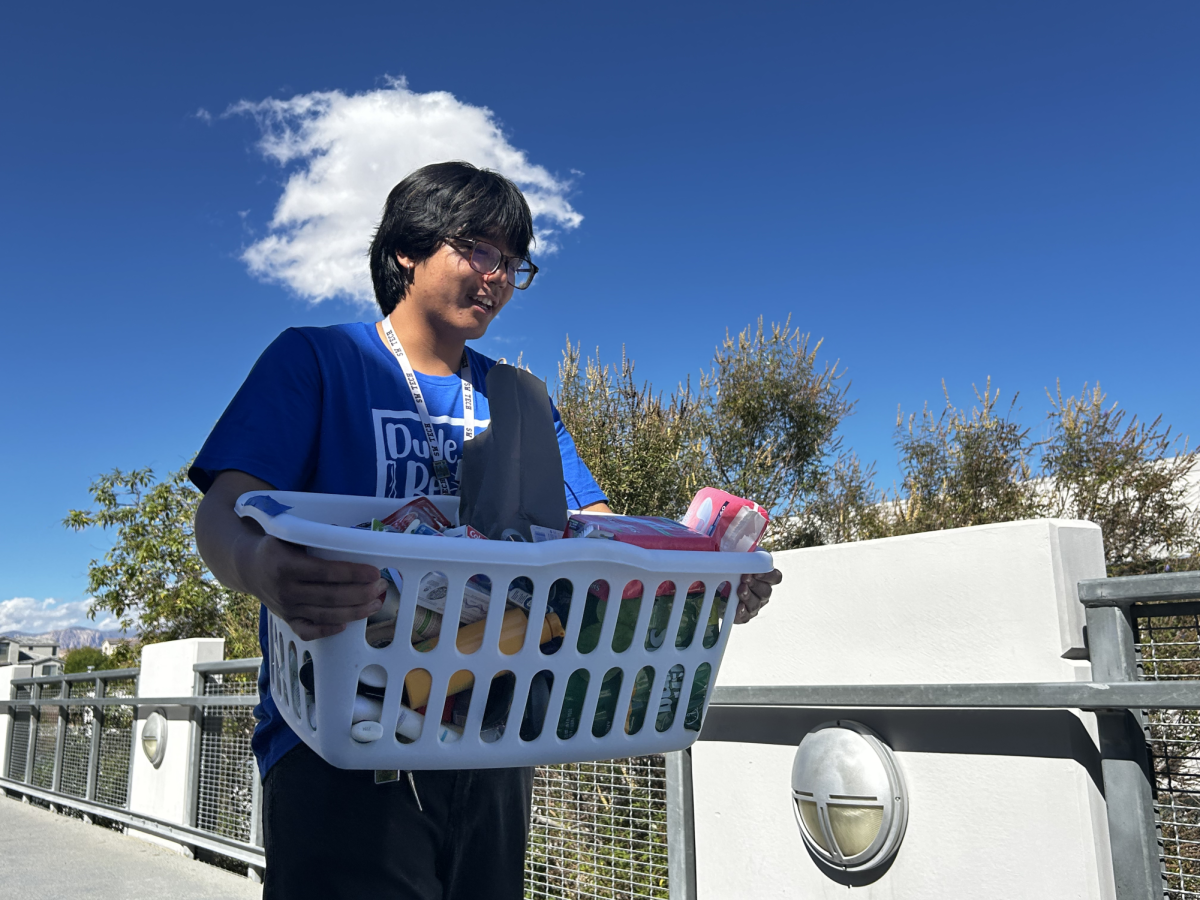
![Displaying a QR code for students to scan, the flyer allows students to sign up and learn about their desired colleges as they visit throughout the school year. Many schools have had additional presentations for students to learn more about what they offer. “For me, I’m interested in criminal justice,” junior Zion Jefferson said. “I know that UNLV and Nevada State University have this major. But, [the college fair] is going to be beneficial, so I can see what other schools offer as well.”](https://southwestshadow.com/wp-content/uploads/2025/10/IMG_2721-1200x900.jpg)
![Working in the Student Success Office, Attendance Secretary Lordis Depiazza inputs a student’s absence excuse note. Students are required to bring an excuse note to the attendance office within three days of any absence. “Reminding students that being in school is important because it reflects towards your grades and being able to do any activities with the school,” Depiazza said. “[It] seems to get the students' attention about wanting to be in school.”](https://southwestshadow.com/wp-content/uploads/2025/10/IMG_8313-1200x800.jpg)
![Arranging the fabric on the floor for a new project, senior Sapphyre-Ann Leung plans out her attire for the next deadline. With the recent closures, students now had limited resources and less margin for error with the fabric and materials they had in stock while trying to reach strict deadlines. “Joann’s had a lot of high-end fabric for our fashion competitions,” Leung said. “We couldn’t just buy ten yards of fabric from Hobby Lobby or Walmart. Since [Joann Fabrics] is no longer open, we have to buy items online, which is way more expensive.”](https://southwestshadow.com/wp-content/uploads/2025/10/IMG_0038-1200x800.jpg)
